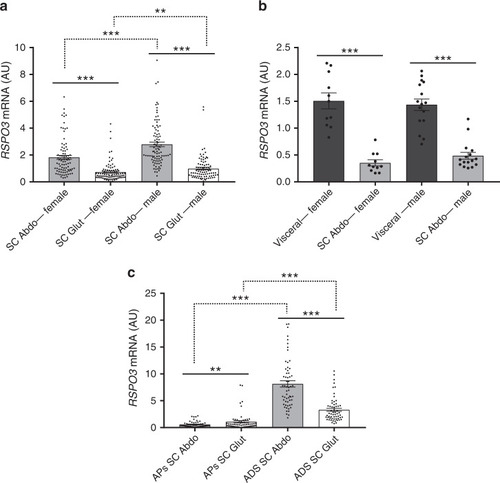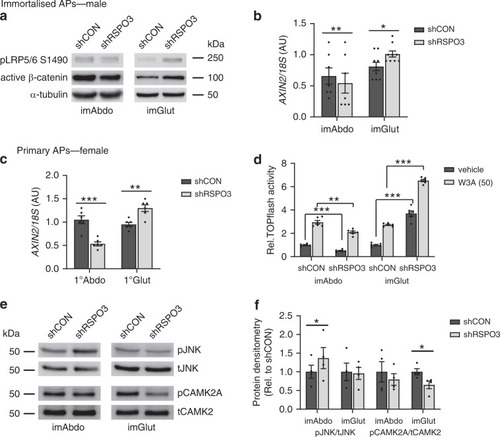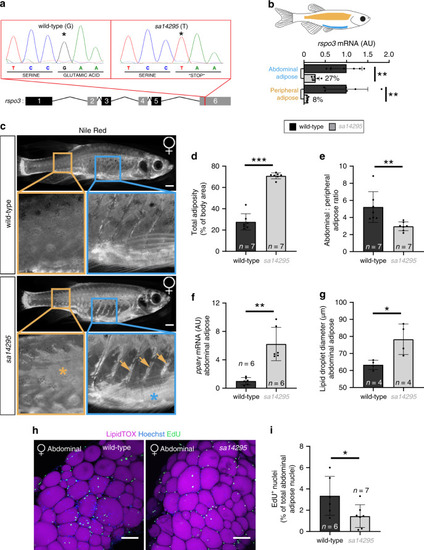- Title
-
RSPO3 impacts body fat distribution and regulates adipose cell biology in vitro
- Authors
- Loh, N.Y., Minchin, J.E.N., Pinnick, K.E., Verma, M., Todorčević, M., Denton, N., Moustafa, J.E., Kemp, J.P., Gregson, C.L., Evans, D.M., Neville, M.J., Small, K.S., McCarthy, M.I., Mahajan, A., Rawls, J.F., Karpe, F., Christodoulides, C.
- Source
- Full text @ Nat. Commun.
|
|
|
Normalised RSPO3 mRNA levels in: |
|
|
|
|
|
|
|
|

ZFIN is incorporating published figure images and captions as part of an ongoing project. Figures from some publications have not yet been curated, or are not available for display because of copyright restrictions. PHENOTYPE:
|






